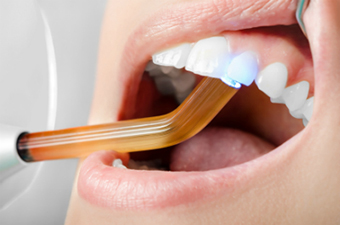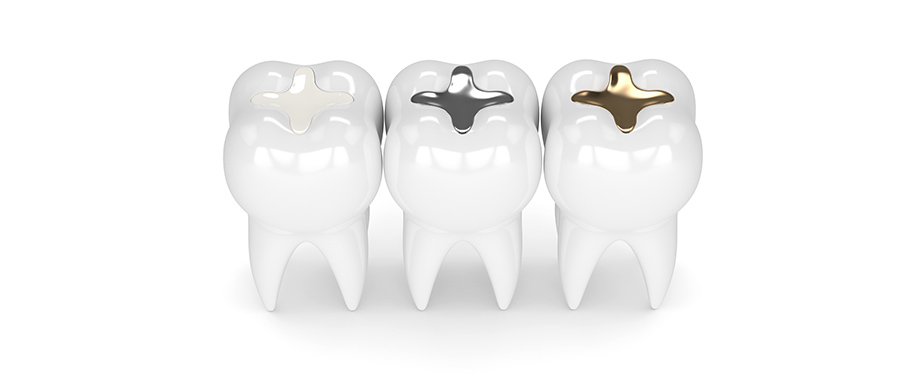Book an Appointment
(02) 93 000 999
One of the most common issues we see here at Dentist Mandy is the need for dental fillings.
As soon as you hear the word “dentist” most of us naturally think of “fillings”. This is because tooth decay is not rare and due to this, the need to repair or restore a tooth often arises.
Each day we see our lovely patients with specific needs when it comes to their dental cavities. Our procedures to help often come under the umbrella of dental restoration. Dental fillings and dental bonding are the most popular services we provide in this area. So, to first understand what dental fillings and bondings are, how they help and why we do them, we need to first answer the question “What are restorative dental services?”
Restorative dentistry is pretty much as the name implies – any dental procedure that will restore the natural function and natural appearance of your teeth. We need to remember that our teeth are there for a reason. Living without them is not an easy thing!
The classification of dental restorations provides dentists with some ground rules on how to decide which type of treatment is right for your teeth. We classify based on our deep technical understanding of the structure of your teeth and the size and impact of your cavity or tooth damage. For every issue, we have a course of action that will restore your teeth to what they should be!
At Dentist Mandy, our process involves looking at the exact requirements of your unique situation and what sort of procedures may be right for you. We perform a whole range of dental restoration techniques including cavity fillings, dental bonding, dental crowns, indirect fillings and a wealth of other dental restorations to make sure your teeth can perform their duties again.
Through caring and informative consultation with you, we work out which options may be right for you, your smile and your lifestyle.
Simply stated, a dental filling is a restorative dental procedure used to fill a cavity in your tooth which may be caused by injury or decay. This procedure is for tooth filling or cavity filling to enclose the tooth, preventing further decay or infection and restoring it back to its natural function.
Some people refer to dental filling as ‘dental bonding’ because most of the filling materials these days require special bonding agents to basically glue the fillings onto the teeth. These bonding agents are super strong, biocompatible and designed to use in clinical settings.

Dental fillings are made with a range of different filling materials depending on your tooth structure and individual needs as well as the types of filling procedure you may be considering.
In the past, fillings were made of silver amalgam (which consists of mercury mixed with silver, tin, zinc, and copper). People often refer to these as “silver fillings”. Amalgam filling is long lasting but it does not provide the best aesthetic and it has its own side effects on teeth. In recent times, we know that this is not the best type of filling for overall health and as a result, at Dentist Mandy we often replace amalgam fillings to improve both the aesthetic and function of your teeth.
The most common material we use now is composite resin both for its ease of use and versatility. White in colour, it is also available in a wide range of shades so we can closely match your filling with the tones of your natural teeth.
Glass ionomer filling is another type of white coloured filling we use often as a lining material to protect the more sensitive parts of your teeth. It is very useful under certain circumstances.
We also provide other types of dental fillings including porcelain, zirconia and gold. Please see our Inlay & Onlay article for more information.

Actually, no. Getting a dental filling is rather comfortable and easy. Our aim at Mandy Dentist is to make the process as relaxed as possible and more often we hear from our patients that it does not hurt at all. When we restore a decayed or broken tooth, we are actually aiming to remove the pain that may be caused by the cavity itself!
If you’ve had a composite filling, you can eat almost straight away. One important thing to remember when you’ve had a filling is that the numbing anaesthetic will not wear off instantly. This means, if you’d like to avoid tongue or cheek bites, you’re best off to use the other side of your mouth to chew, regardless of filling type. With any dental procedure you may be more comfortable eating soft foods such as scrambled eggs or soups for the first 24 hours.
Do remember, the filling type will determine how quickly you can eat. It’s our recommendation that you do stay away from hot beverages, hard foods such as candies, sticky foods and overly sugary foods straight after the procedure. These can cause increased sensitivity or in rare cases dislodge your new filling.
It’s also quite common to experience increased sensitivity to hot/cold or biting for a few days after a dental filling treatment. Your bite can feel quite different for a while too. Our patients report that these symptoms generally subside within a few days or a couple of weeks.
In rare circumstances, symptoms may not settle down or can get worse over time. This is particularly relevant to a very deep filling treatment where the tooth’s nerve might have already been infected prior to the procedure. That’s why it’s important to maintain regular dental appointments to address any tooth decay at an earlier stage to avoid nerve problems!
As with any of our restorative dental procedures, much of the answer here relies on you. To give your fillings the best opportunity for a long life, make sure that you treat them well. Daily brushing and flossing as well as regular visits to see us here at our Bondi surgery will give them the best chance possible. Many of our patients do report that their composite fillings last 5 – 7 years. The lifespan really does rely on the type of filling you have chosen and the way you care for your smile.
